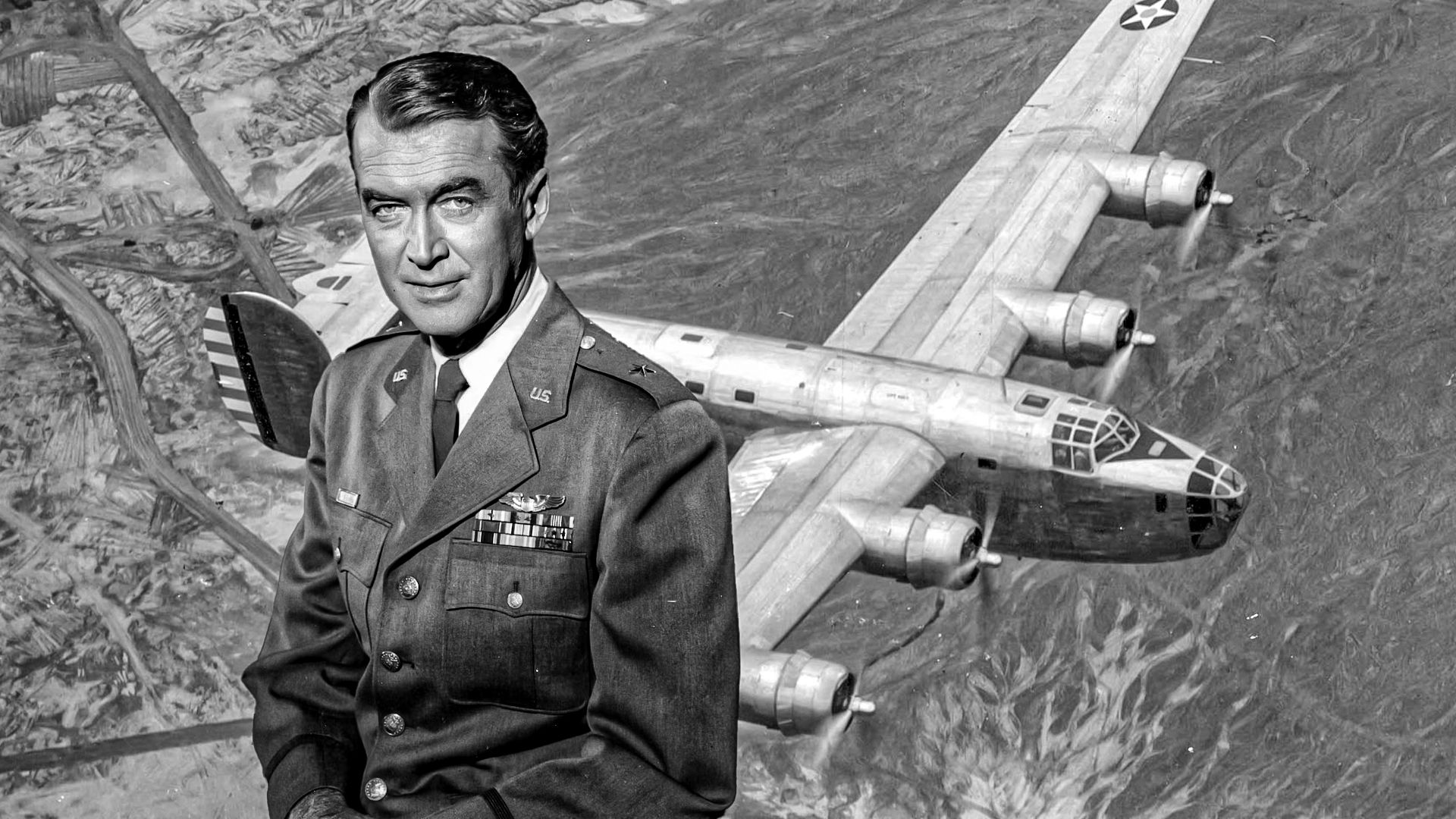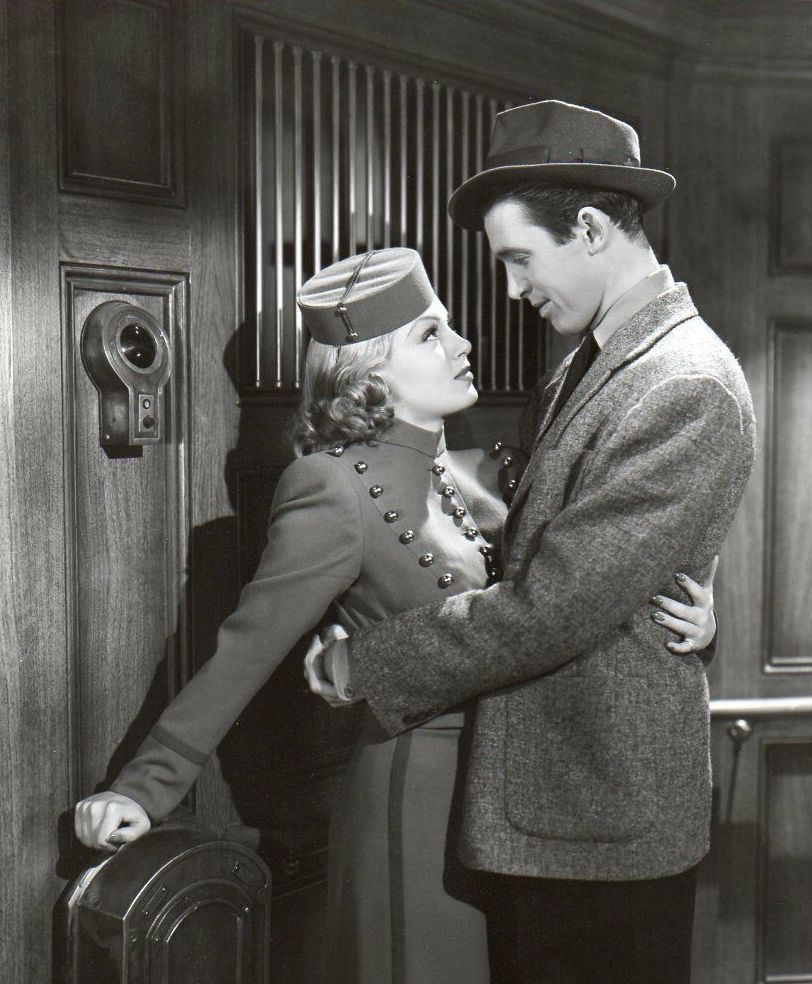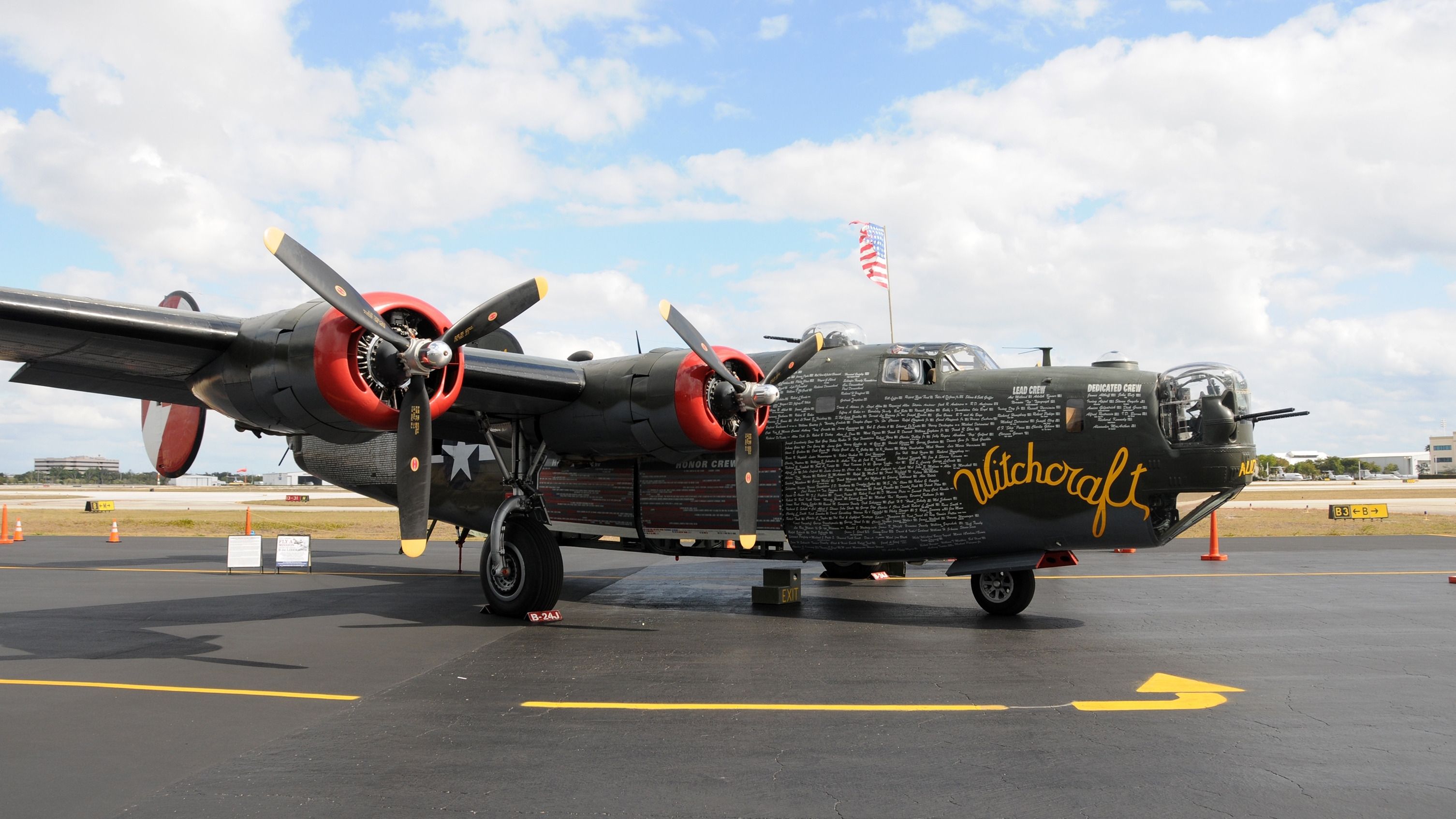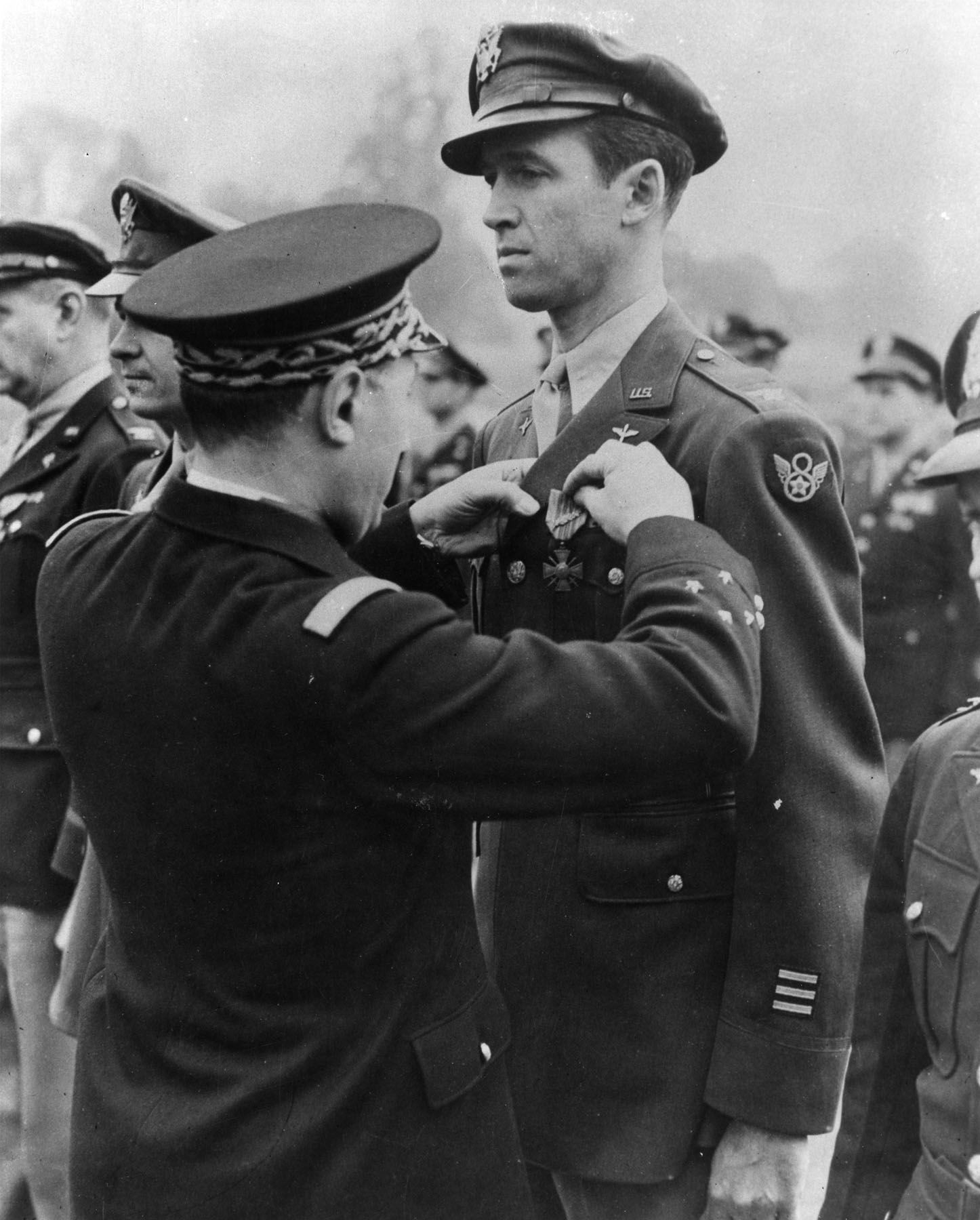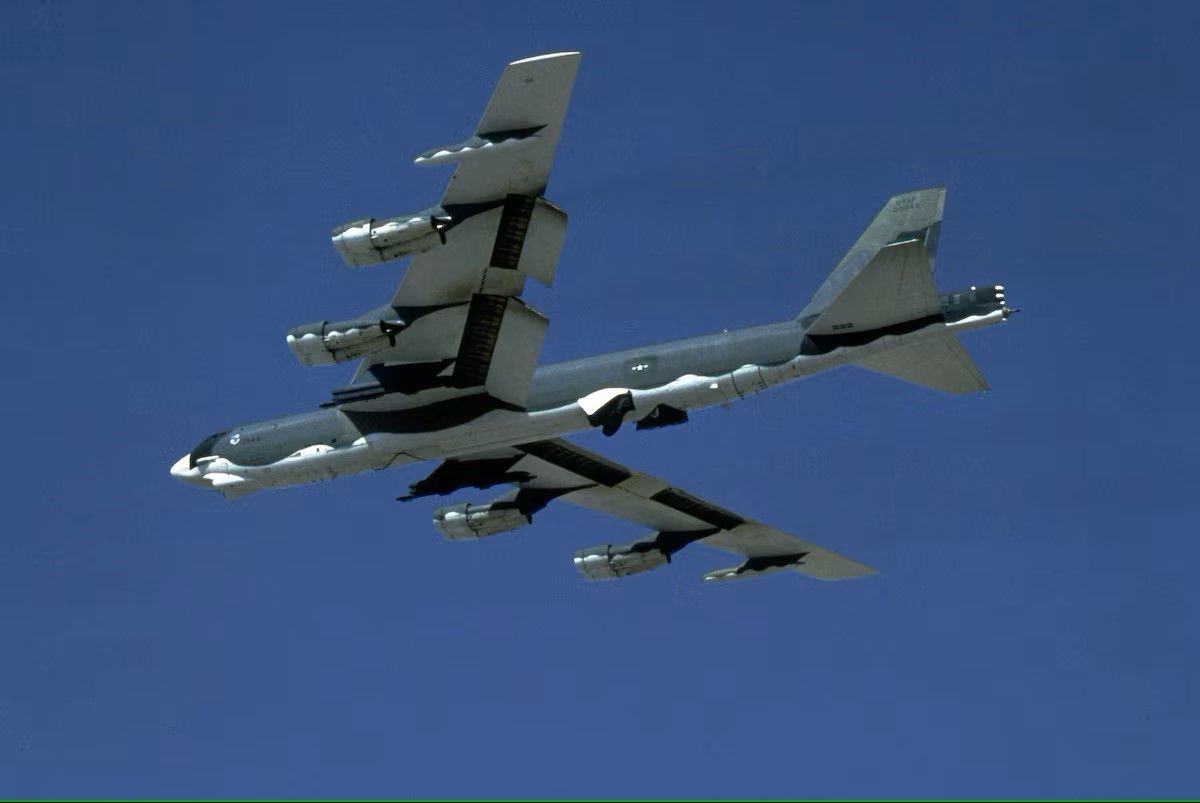Summary
- James Stewart was Hollywood’s only star to enter military service before or during WWII.
- After hitting the required 100 hours of flying, he became a pilot in the US Army Air Force.
- Stewart flew 20 combat missions on bombers and was promoted to brigadier general, serving until Vietnam.
James Stewart (Jimmy) led a remarkable career as both a bomber pilot and an actor. He flew some of the US’s most iconic bombers, including the B-24 Consolidated Liberator and the venerable B-52 Superfortress. He was the only Hollywood star to serve in World War II and flew 20 combat missions in heavy bombers. Not all the remarkable people in the history of aviation are pilots. Before and contemporary with Stewart was the wealthy widow Clara Adams, who was an avid pioneer of commercial flying and was the first passenger on many airships and Pan Am Clipper flights.
Hollywood’s only World War II star pilot
James Stewart was born in 1908 in Indiana, Pennsylvania, and acted in some 80 films between 1935 and 1991. He was portrayed (both on and off screen) as the American ideal of the mid-twentieth century.
Stewart began his acting career as a stage actor and performed on Broadway. His first supporting role came in The Murder Man (1935), and his breakthrough came in the comedy You Can’t Take It With You (1938).
While Stewart’s acting career took off, the world was going to war. Even before the US entered World War II, Congress passed the Selective Service Bill (aka the Draft), which called for 900,000 men aged 20 to 36 to be drafted each year.
Stewart’s acting career took a break after discovering his draft number was 310. But Stewart was underweight, and he was turned down for service.
He wanted to fly, so he went home, ate everything he could, and then enlisted in the Army Air Corps, passing his physical with only an ounce to spare. This made him the first Hollywood star to enter military service before or during WWII.
Photo: US Air Force Reserve
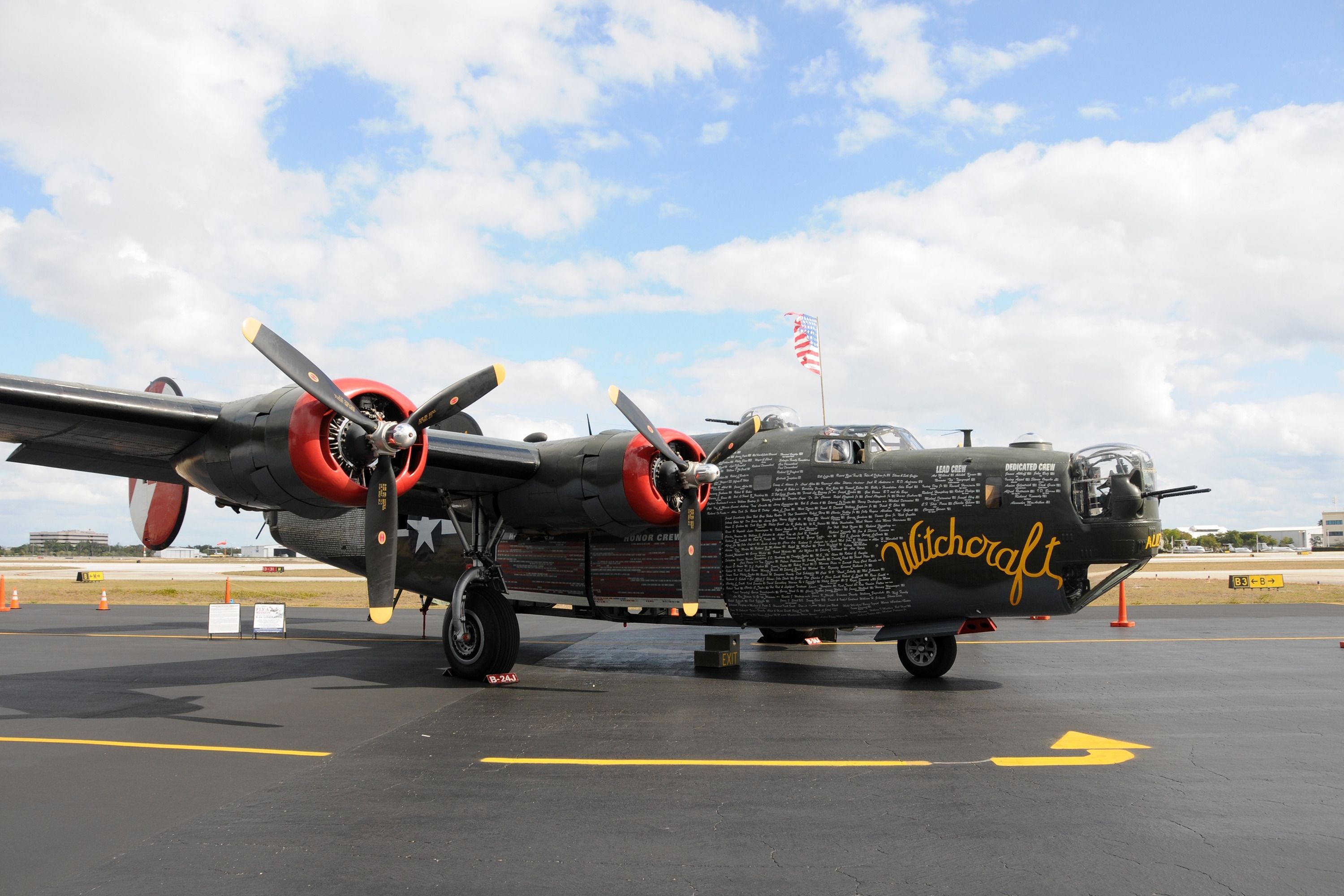
Related
5 Fast Facts About The Consolidated B-24 Liberator Heavy Bomber
The most-produced American military aircraft in history wasn’t devoid of flaws in design.
From pilot to brigadier general
Stewart made use of his civilian pilot’s license (which he had received in 1935) and soon became a pilot in the US Army Air Force.
Despite owning his own aircraft and flying extensively, he was required to do 100 flights to meet Ari Corps proficiency regulations (he bought these training hours at his own expense).
Photo: Ivan Cholakov | Shutterstock
|
Consolidated B-24 Liberator |
|
|---|---|
|
First flight: |
December 1939 |
|
Type: |
Heavy bomber |
|
Number produced: |
over 18,000 |
|
Max speed: |
297 mph |
|
Bombs: |
Short Range 8,000 lbs; medium range 5,000 lbs; long-range 2,700 lbs |
|
Power plant: |
4 × Pratt & Whitney R-1830-35 Twin Wasp |
In January 1942 (about a month after the US entered the war), Stewart was commissioned as a 2nd Lieutenant. At Mather Field in California, he was a four-engine instructor (for both the B-17 and B-24 heavy bombers). He stayed stateside for almost two years as a flight instructor.
Eventually, commanding officers acquiesced to his requests to be sent overseas, and he was assigned to the 703rd Bomb Squadron in England in November 1943 as a Captain and Operations Officer.
“The combat missions that Stewart flew were not without peril. Flight crews faced temperatures of -40 degrees F in their unpressurized planes, and had to constantly knock ice off of their oxygen masks. Some missions were too far to have constant fighter protection, so the bombers flew alone, facing enemy fighters.” – The George C. Marshall Foundation
Photo: US Air Force
On March 31, Stewart began his first combat missions as Operations Officer of the 453rd Bomb Group (and later as Chief of Staff of the 2nd Combat Wing, 2nd Air Division of the 8th Air Force).
By the time the war ended, he had flown 20 combat missions. After the war, he stayed in the US Air Force Reserve and was eventually promoted to brigadier general on July 23, 1959 (making him the highest-ranking actor in American military history). For much of his acting career, he was a serving general.
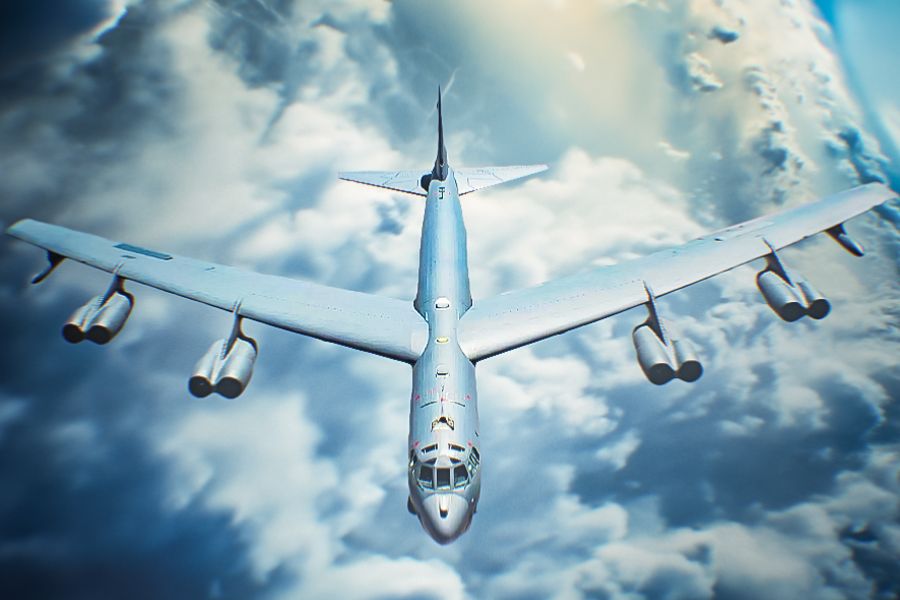
Related
3 Key Ways The US Is Extending The Service Life Of The B-52 Bomber
The B-52 bombers are expected to fly well into the 2050s.
Vietnam epilogue
During the Vietnam War, Stewart served as a non-duty observer in a B-52 Superfortress on an Arc Light bombing mission (his son, Ronald, was killed in the Vietnam War). His bomber was a B-52F-65-BW with the serial number 57-149.
The number two aircraft in a 30-airplane bomber stream over Vietnam was the aircraft. Notably, B-52 Superfortresses remain in use today and are being upgraded to the B-52J standard to serve well into the 21st century.
“20 February 1966: Brigadier General James M. Stewart, United States Air Force Reserve, flew the last combat mission of his military career, a 12 hour, 50-minute “Arc Light” bombing mission over Vietnam, aboard Boeing B-52 Stratofortress of the 736th Bombardment Squadron, 454th Bombardment Wing.” – Super Sabre Society
|
B-52 Superfortress |
|
|---|---|
|
First flight: |
April 1952 |
|
Type: |
Strategic bomber |
|
Number produced: |
744 |
|
Max speed: |
650 mph |
|
Power plant: |
current Pratt & Whitney TF33 engines / future Rolls-Royce F130 engines |
|
Planned retirement: |
late 2040s or late 2050s |
James Stewart eventually retired on May 31, 1968, having served for 27 years as he reached the mandatory retirement age of 60. When he retired, he received the United States Air Force Distinguished Service Medal.
After World War II, he had returned to acting, starring in notable movies like It’s a Wonderful Life (1946), Harvey (1950), Anatomy of a Murder (1959), How the West Was Won (1962), and others—including the Alfred Hitchcock movie The Man Who Knew Too Much (1956).
Stewart’s last film performance was for the 1991 animated movie An American Tail: Fievel Goes West (he voiced the character of Sheriff Wylie Burp).

